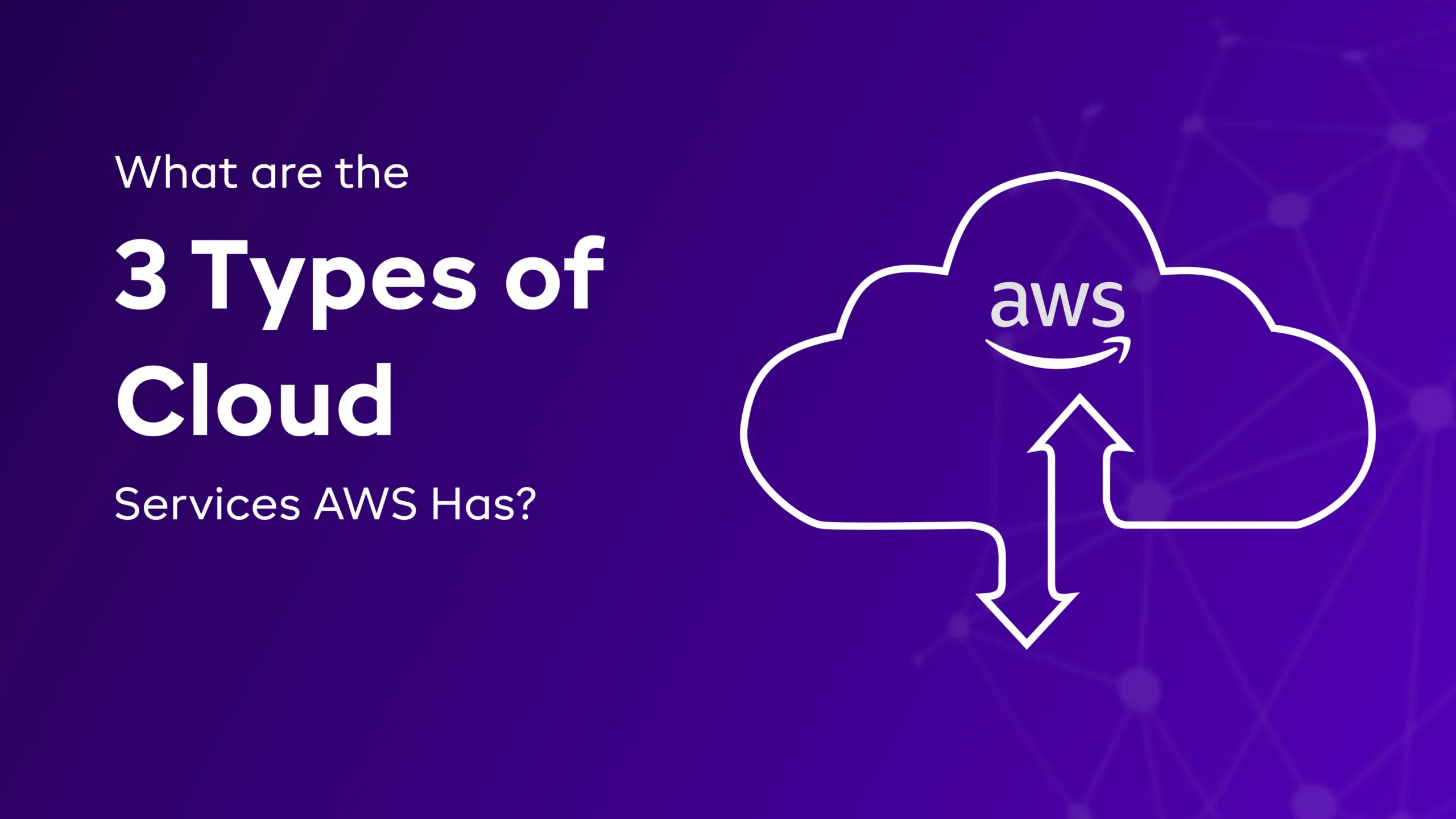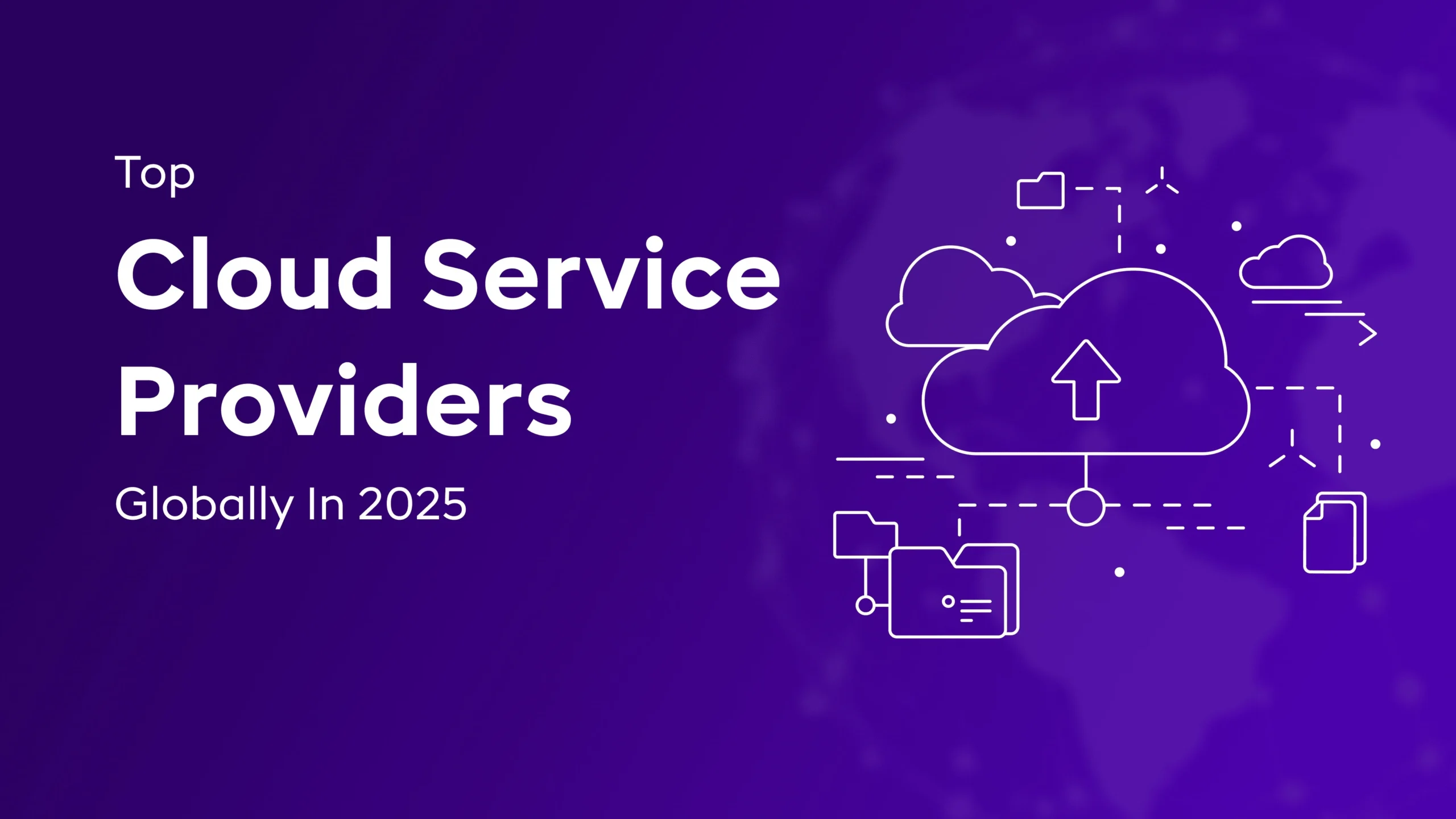What are the 3 Types of Cloud Services AWS Has?
Published on March 27th 2025


About Author
Related Blogs

Published on March 27th 2025


About Author
